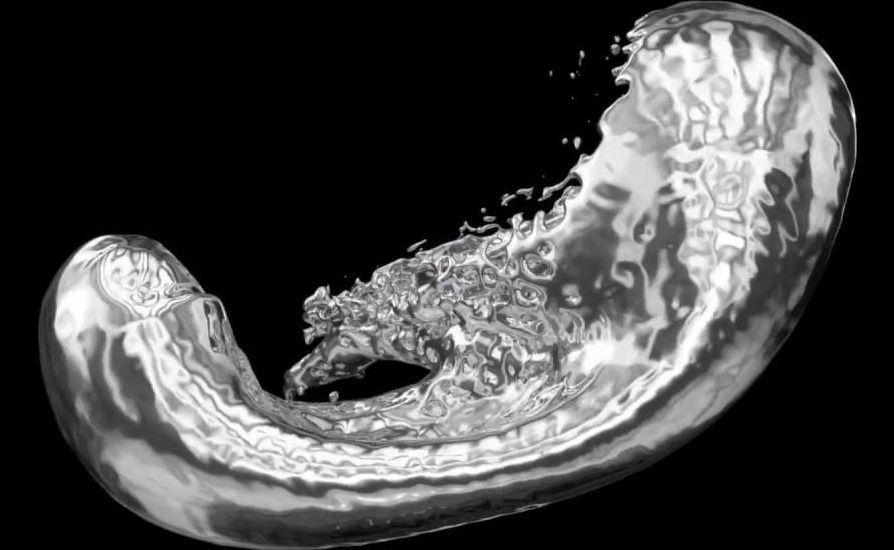Aug 15, 2016
Moving metal promises dynamic circuits
Posted by Karen Hurst in categories: chemistry, futurism
Scientists have developed self-propelling liquid metals that could be used for future electronic circuits.
Current electronic technology is based on solid state components with fixed metallic tracks and semiconductors. Researchers are investigating soft circuit systems that act like live cells, communicating with each other to form new circuits when possible. In one study, Professor Kalantar-zadeh from RMIT University in Australia, along with his researchers immersed a number of different metallic elements, in the form of liquid droplets, in water.
















